 Art by Janine Nel. Art by Janine Nel. ~by Amanda Smith A couple of months ago, I was prattling my mental to-do list aloud while my husband patiently listened. “… and I still have to write down my monthly goals before our 24 Carrot meeting tomorrow,” I said, running out of breath, and steam. And time. His eyes glinted mischievously. “Just copy last October’s goals,” he said. Wrapped up in my busyness, I retorted, “If I could just copy last year’s goals, that means our method doesn’t work very well, does it?” But wait? Does it? His silly suggestion intrigued me. 24 Carrot Writing celebrated its eighth birthday this year. For eight years (more actually, because we were an accountability group before we were a blog) I’ve religiously set monthly goals, checked them off, and reported back to my partners. Our whole premise is rooted in the idea of setting monthly goals and rewarding ourselves for reaching those goals. But the elephant in the room asks: Does it actually work? I always check my yearly goals around this time of the year to see where I hit the mark, where I missed, and where, perhaps the road turned in a different direction. We also encourage our readers to check those goals mid-year with our June Years Eve blogs, making sure we are on track. But never have I ever checked a random month from the previous year to see how it lined up with my current journey. In the day-to-day work of writing, does setting monthly goals actually move me markedly forward? Color me curious! So, with a hint of trepidation, I flipped back to October 2021 in my beloved bullet journal to reread my goals.
What about other 24 Carrot writers? I asked them to peek back at their goals. Kelly:
In the past Kristi had a running list of tasks she’d cross off upon completion, but in January 2022 she joined our accountability group and took up monthly goal setting. One of her January goals was to revise a picture book. Her goal for this manuscript was to send it to Gnome Road publishing when their submission window opened in March. ALPACHAS MAKE TERRIBLE LIBRARIANS will hit the shelves in 2024, published by Gnome Road!
The trend is consistent: projects that were started are now complete, rewrites and revisions occurred, picture books went from concept to query (with all the appropriate in-between steps!), some projects carried over from month to month (oops), but eventually, they get done (or end up in the “darlings file”). Beautiful, inspiring forward motion. By Jove! It works! Would we have done some of these things, even if we hadn’t set them as monthly goals? Likely. But would we have done all of them in a timely manner? Definitely not. To be certain, the smaller things, such as those poems, would have fallen off my radar, and I would have missed out on the joy of this anthology to come. When our kids sometimes feel overwhelmed by the size of a task, my husband would ask: “How do you eat an elephant?” One bite at a time. In the elephantine cycle of writing, revising, critiquing, polishing, querying, waiting, signing, selling, marketing, promoting, doing-it-all-over-again, monthly goals are manageable bites. So this January, yes, dream big and set those yearly goals! But then commit to bite-sized monthly goals, break them up in daily tasks, and keep moving forward. And every once in a while, peek back and see your progress – the biggest, sweetest, brightest carrot of all! To learn more about my bullet journal, and how you can also keep track of things like monthly and yearly goals, check out this blog.
0 Comments
 ~By Amanda Smith You know those days where you spend an entire day revising a picture book manuscript, making dummies and cutting your manuscript into little strips and studying the dialogue to make sure your characters’ voices are distinct yet consistent? But at the end of the day nothing looks much different. Or those days you research agents to query, and after many hours, have nothing more than a list to show? Do you sometimes feel that drawing up maps or house plans for your novel, or filling out character sheets are wasting writing time, because no actual words are added to your WIP? A lot of the work we do as writers, cannot be measured in tangible, concrete ways. It is easy to discount these aspects of our work. Yet, all these things are part of the writing journey and we need to acknowledge them as valuable. That is why, at the beginning of this year, I knew I wanted to track my writing progress in a way that included all these aspects of writing. Enter: The bullet journal. Wait, hear me out. I’ve also looked at bullet journal blogs and thought What is this chaos? or This seems like a giant time suck. But that is the beauty of a bullet journal: You can make it exactly what you need it to be. To have a journal that functions for you, there are a few questions to answer: 1. What is the purpose of your bullet journal for you? What do you want it to do? Some authors, like Kate Messner, use one journal to manage all aspects of their life. If that sounds ideal to you, I encourage you to read Kate’s blog regarding bullet journaling here. However, I needed something dedicated to writing and writing-related business ONLY. The rest of my life, my children’s schedules and dentist appointments still went in a daily planner. What I needed was a home for all things writing. 2. How decorative do you want it to be? I like pretty. I buy planners, folders and notebooks based entirely on looks. I want beautiful covers AND decorative pages inside. Very early on in my research I realized that, if left unchecked, the bullet journal, instead of the writing, would become the project. I could easily spend all my time making it pretty, with swirly calligraphy and coloring pages. But that was not the purpose. The journal was to be my tool. I settled on a simple, functional format, with a little pretty on each page. I do not spend more than an afternoon a month to prep the next month’s tracking pages. (I would not recommend setting up your entire journal at the beginning of the year. As you and your journal grow together and get used to one another, you are going to want the freedom to tweak the format.) Also consider size here. I wanted room to spread out and use sticky notes and notecards, so my journal is 7X10 inches. 3. What do you need in your journal to move you towards reaching your goals? I took some time over my Christmas break last year to research other writers’ bullet journals and noted which components would be helpful to me. Inspired by M.M Chouinard, I jotted down what I wanted to track in my journal. Here is where I landed: A Writing Dashboard with all my projects and in which stage of the writing journey they are - an overall view of all my current projects. I love using sticky notes on my dashboard, because I can easily move projects from the “Drafting” heading to the “Revision” heading as the project moves along. A place to track yearly and monthly goals. The image shows my monthly goals for September, but I also have a page in the front of the journal where my yearly goals are listed. I check in on those quarterly to see if I am on track. I like to tally reading with my monthly goals. Some writers have separate book logs in their bullet journals, while others like to use a coloring sheet glued into the journal. Towards the front of the journal I have a page to track overall progress in my individual projects. For novels I mark progress by scenes. For picture books, I check a box every time I do a revision. For every month I have a writing log to jot down daily word count. For revisions I write the section/ scene I revised and its changed word count. Notice the celebratory sticker at the end of the month? Don't forget to reward met goals with happy carrots! On the page next to my writing log, I use Five Things a Day to track other writing related work such as agent research and days spent on querying, critiques, blogs, research, and so forth. Even though I hardly ever fill all five boxes for the day, I do learn a lot from looking back at these pages. I have learned, for instance, that I prefer not to write and revise on the same day. I have a section designated for monthly blog meeting notes and blog related business. If you do not have a blog, you might want a designated space for website planning and maintenance, or social media strategies. A grid with sticky notes keeps track of queries for each project. I still keep detailed records in a spreadsheet, but with this tool I know at the drop of a hat exactly where which manuscript is. Having everything writing related in one place made this a super productive writing and querying year for me. What do you need to track your progress and other writing related notes? I would like to encourage you to take some time over the next few months to come up with a custom-made system that will empower you in your writing journey.
 ~ By Amanda Smith Here we are: On the cusp of a new year, and a new decade. As we peek over the rim and catch the first glances of 2020, our breaths catch a little. Our hearts race, because… it holds scary challenges and huge uncertainties, it holds dreams, and hopes, and exciting opportunities, it holds its arms wide open for us to dive in. Whether you tentatively dip your toes, or dive in with head-first-abandon, knowing where you intend to go, is vital. Take some time during the month of January to program your writing GPS. Plot your calendars, prepare your bullet journals, pin your tracking sheets, and set those yearly goals! Remember to add carrots to keep you motivated. Oh, life will bring derailments – that is inevitable. It will also bring scenic detours for us to embrace. But when we have our road mapped out, it is so much easier to get back on track. We posted our 2020 writing goals under the GOALS tab on 24 Carrot Writing. Scrutinize our road maps. Perhaps they'll help you find your own way. Throughout the years we have written many posts about goal setting. Below I have linked some for easy access, but you can find them all under the “Writing Goals” tag to the right of your screen. So read up, have some fun with colored pens, and planners, and chart your way for writing success in 2020. Annie’s SMART goals: http://www.24carrotwriting.com/-blog/the-smart-key-to-your-carrots Amanda’s goal setting strategy explained: http://www.24carrotwriting.com/-blog/a-year-of-goals Kelly’s handy tracking resource: http://www.24carrotwriting.com/-blog/a-24-carrot-writing-goal-worksheet Amanda’s updated yearly planning and printable resource: http://www.24carrotwriting.com/-blog/doing-the-necessary Annie’s forgiveness clause: http://www.24carrotwriting.com/-blog/set-your-writing-goalsbut-allow-for-some-slack Kelly’s unique monthly plan: http://www.24carrotwriting.com/-blog/give-your-writing-the-wrqs Monica Tesler takes us from goals to tasks: http://www.24carrotwriting.com/-blog/new-year-new-goals-now-what Francine's tools for staying in track: http://www.24carrotwriting.com/-blog/tools-for-staying-on-track Feel free to browse under http://www.24carrotwriting.com/-blog/category/writing-goals Off site: Bullet journals: https://www.katemessner.com/bullet-journaling-childrens-author-version/ Inside a writer’s bullet journal: https://www.youtube.com/watch?v=SiLhM17Kw38 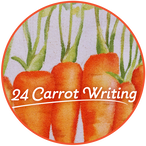 ~by Amanda Smith Lately, I have been thinking a lot about branding. Not only because we have been thinking, planning, and talking logo at 24 Carrot Writing (see the introduction post here) , but also because I have been working on my personal website. I am constantly considering how I want to present myself, and here at 24 Carrot Writing, while we come up with a lot of cool ideas, we always circle back to the question: “How does this fit in with our main directive?” So, what is branding and how does it fit onto a writer’s life? Branding is the ways in which a person or company establishes their image. It is the promise they make to their customer and the thing that makes them recognizable. Branding includes core values, interactions, slogan and logo. Anything a business puts out into the world, including websites or promotional materials, communicates its brand.  A logo is the foundation for brand recognition. Logos usually consists of text and image, although some logos, like Nike or McDonald’s, have become so recognizable that the text is often omitted. When logos are used correctly, they represent a business’ identity and build trust. But why is all this business jargon important for writers? Branding is unavoidable. Exposure from your work, blogs, social media, interviews, and podcasts all communicate your brand as a writer. As your public image is being formed anyway, you can be proactive in shaping it. Branding is ongoing and evolving, and you should play an active role in the message you communicate to your readers. So, as you shape your brand, consider the following:
In the world of platform building and author websites, a logo or badge can be useful to show your affiliation with a particular online group or challenge. Those of us who have participated in 12x12, or Storystorm (previously PiBoIdMo), or NaNoWriMo proudly display those badges on our websites. Displaying logos or badges can be an indication of how active one is within the writing community, and that in itself also helps build one's individual brand. You are your brand. Moving forward, what strategies will you use to mold your brand? Today, 24 Carrot Writing is thrilled to reveal our logo, designed by graphic designer Russ Nemec. Our brand is built around goal-setting. 24 Carrot Writing encourages you to set monthly writing and craft goals, and to reward yourself with meaningful carrots along the way as motivation to keep moving forward. Our audience is writers of children’s books, and so, even though we are serious about those goals, we embrace playfulness. Are you intentional about setting and attaining writing goals? Join our Facebook group, browse our Writing Goals tag, download a 24 Carrot Writing Goal Worksheet, and earn those carrots! If you consider yourself part of the 24 Carrot Writing community, or have contributed to our website, we invite you to download our logo for your website. Join us on Wednesday for a post about branding for writers.
We've decided to shake things up this year for our annual writer's gift list. Instead of telling you what we like, we've asked our wonderful guest bloggers (aka gift elves) to share with you their illustrating and writing must haves. We are thankful for the excellent content these guests have provided to 24 Carrot Writing over the last three years. And they are doing it again - providing practical, fun, and sometimes frivolous ideas to add to your holiday gift list. At each author's favorite things, you will also find their newest books, because we all know books make the best gifts!
Kate Narita is the author of 100 Bugs! A Counting Book . When she's not out and about driving, teaching or cheering on her two teenage sons, Kate lives, writes, and hikes on a small mountain in central Massachusetts. Read more about Kate at www.katenarita.com. 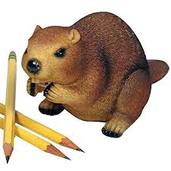 Always on Sue Gallion's gift wish list are new fun or funky pencils. "That's the souvenir I get when I travel, too. A new or newly sharpened pencil can give me a tidbit of inspiration. Little notebooks to stash in my purse or around the house are always a favorite of mine, too." And speaking of sharpening pencils, here's a one-of-a-kind gift for any writer or illustrator -- and yes, she has one on her desk. It was a gift she bought for herself a year ago. Sue Lowell Gallion writes for children because she is passionate about children, reading, and any combination of the two. Her picture books include Pug Meets Pig, illustrated by Joyce Wan and Pug & Pig Trick-or-Treat received. Her upcoming books are an early reader series, Tip and Tucker (March 2019), written with children’s author Ann Ingalls and illustrated by Brazilian illustrator Andre Ceolin. Read more at suegallion.com. 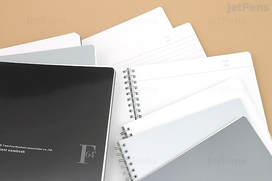 Kate Messner says, "For bullet journaling, I love the medium-sized Leuchtturm 1917 notebook with dotted pages. An index, numbered pages, and terrific feeling paper make me happy to check on monthly and daily goals. I have a new favorite for everyday research, note taking, and brainstorming, too -- the F64 Expedient Notebook from Kyokuto. This one has reliable wire rings so it'll open flat on a desk along with a sturdy front and back cover so it's easy to hold in one hand while taking notes in the field. Kate’s books have been New York Times Notable, Junior Library Guild, IndieBound, and Bank Street College of Education Best Books selections. Her newest novel, Breakout was inspired by a real-world prison break. Visit Kate's katemessner.com to learn more. 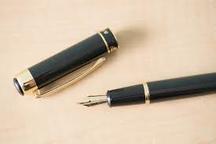 Matthew Cordell- "Probably the one big thing I've started using this year is a fountain pen for drawing. I used to think fountain pens were not able to use waterproof inks, and assumed they weren't of much use to me. I need my drawing inks to be waterproof, since I paint the finished drawings with watercolor paints. But thanks to several fountain pen-loving friends, I've found a bunch of waterproof inks that are safe for fountain pens, as well as certain pens that draw with a very irregular line, much like a dip pen nib. The pen I use almost daily is a 9018 Hero fountain pen with a Fude nib. I've been traveling a lot this year, and it's so nice to have a pen and drawing book that I can take out in the field. Traditional dip pens are not quite so travel friendly, and this had long been a obstacle for drawing out and about. Matthew won the 2018 Caldecott Medal, as well as the 2017 Boston Globe-Horn Book, for Wolf in the Snow. Congratulations, Matthew! Go to matthewcordell.com to learn more. For truly special gifts for the art lover on your list visit Matthew's Etsy store: etsy.com/shop/MatthewCordellArt
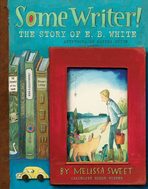 Melissa Sweet has illustrated over 100 books as well as many toys, puzzles, and games for eeBoo. She has won several awards for both her writing and illustrating. Her most recent book is Some Writer! The Story of E. B. White. Read more about Melissa at melissasweet.net.
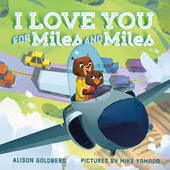 Alison Goldberg is the author of the picture book I Love You for Miles and Miles, illustrated by Mike Yamada. The board book edition releases December 31, 2018. Her newest book, Bottle Tops: The Art of El Anatsui is set to release winter 2020. To learn more about Alison visit her website at alisongoldberg.com/  Tami Charles' list is short and sweet: 1. Ginger tea with honey 2. Four Seasons by Vivaldi 3. Large sticky-note chart paper for plotting 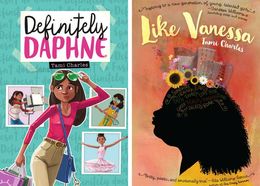 Former teacher and debut author. Tami Charles writes picture books, middle grade, young adult, and nonfiction. Her 2018 titles are Like Vanessa and Definitely Daphne, and her picture book, Freedom Soup, debuts with Candlewick Press in fall, 2019. Read more at tamiwrites.com
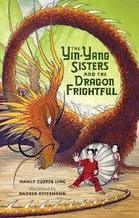 Nancy Tupper Ling draws her inspiration from the multicultural background of her family and the interwoven fabric of familial culture which is, on the surface, seemingly everyday. Read more at www.nancytupperling.com/  Allison Pottern Hoch is obsessed with all things by Obvious State. "I have several of their posters and they now have this gorgeous line of journals at a reasonable price and I pretty much want all of them. I also got this mug set for my birthday. Swoon! " Allison Pottern Hoch is a writer and event coach with over eight years of experience in marketing, publicity, sales, and event planning. She’s worked with veteran authors, celebrities, and debut authors. For more information on her workshops and coaching services, visit http://events.pottern.com 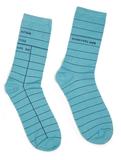 Pat Zietlow Miller: "Item No. 1. Library socks from Out of Print. You might ask how socks help my writing process. Well, they make my feet happy, and when my feet are happy, so is the rest of me, which leads to better writing. I own these socks in several colors and wear them several times a week." 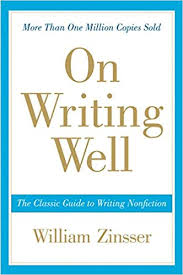 "Item No. 2. The book On Writing Well by William Zinsser. This is the writing book that makes me nod vigorously along as I read it. He get so much right about how to write well. The title says its for writing nonfiction, but I say it’s for anyone who writes anything."
 Editor, Rob Broder reminds us of the greatest gift you can give the writer in your life: TIME. In the midst of all the holiday celebrations, writers still need time to figure out that plot point, listen to that character, and follow their muse. "I go for walks... or a run. And I think. I think on the story. Pushing all outside everyday life thoughts aside. And I think on the story. Play it over and over. What part isn't working. Why isn't it working and how do I get there, to make it work and make it flow. Think, think, think.... until something comes to me. Kind of like a mindful children's picture book walk." 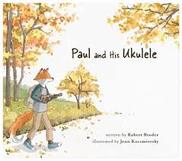 Rob Broder is editor and co-founder of Ripple Grove Press. His debut picture book Paul and His Ukulele launched Fall 2018. To learn more about Rob, click here and here for more on Ripple Grove Press.
24 Carrot Writing co-founder, Annie launched her debut picture book Before you Sleep: A Bedtime Book of Gratitude this year in October. Her second book Night Train hits shelves Spring 2019. To learn more about Annie, anniecroninromano.com. Last, but not least, are a few of our favorites: Searching for the right way to express yourself? Francine loves these additions to your typical thesaurus, available at Writers Helping Writers.
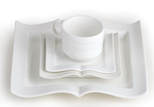 Annie featured these dishes a few years ago, and we still love them. Don't miss the Open Book Dinnerware collection through the Library of Congress gift shop.  Kelly grabbed a store logo tote when a new local indie bookstore opened. It was a perfect carrot – and she even asked the owner to sign it! This year she is planning to take it back to book signings at the store so she can ask visiting authors to add their autographed to her tote. The Silver Unicorn Bookstore tote is available on their website, but you can visit your own local bookstore and grab a tote! 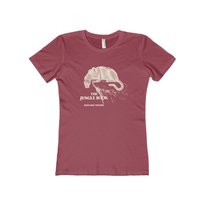 And finally, a small gift from us: Melissa at Literary Book Gifts.com reached out to us in 2018 to tell us about her new line of literary gifts. We think you'll love the t-shirts and totes she has to offer. Enter the custom promo code 24carrotwriting20 at checkout and receive 20% off anything in the store, no minimum. The best gift of all? That code never expires! Please remember to support your local independent book store or order online through Indiebound. HAPPY SHOPPING! Guest Blog By Kate Narita 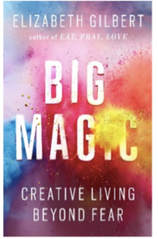 “The universe buries strange jewels deep within us all, and then stands back to see if we can find them… The often surprising results of that hunt-- that’s what I call Big Magic.” - Elizabeth Gilbert 24 Carrot Writers set one writing goal and one craft goal a month. In her January 4th post, Kelly Carey defines a craft goal as the following: “A craft goal needs to focus on the business side of writing.” People don’t often equate “the business side” of writing with magic, at least I never did. But as a result of 100 BOOK TRAILERS, that’s changed. I now realize that the journey of marketing can be as wonderful and as magical as writing.
After the euphoria of selling 100 BUGS! A COUNTING BOOK waned, reality set in. One of the things I had to do was create a marketing plan. Gulp! A marketing plan? I’m a teacher and a writer. I create lesson plans and stories, not marketing plans. I have an MFA, not an MBA. How do I create a marketing plan? Luckily, I’d taken an event planning class with Allison Pottern Hoch at The Writer’s Loft https://loftingsblog.com/2017/10/25/how-to-pitch-your-book-event/ during which many people had shared various marketing ideas. In addition, at the NESCBWI 2017 Conference, Janet Reynolds from The Blue Bunny Bookstore http://www.bluebunnybooks.com/ presented some extremely helpful marketing tips. Finally, Suzanne Kaufman, http://suzannekaufman.com/about/ the illustrator of 100 Bugs!, shared some of her past marketing plans with me. So, I had a small knowledge base. Now, I just had to move forward. Here’s where the business side of the Big Magic began. It sounds silly, but the number 100 makes me giddy. Maybe it’s a result of teaching elementary school for over ten years. After all, as many kindergartners will tell you, the best holiday after Christmas and your birthday, is the 100th day of school. So, I started thinking about what I could do with the number 100. That’s how I took the first step, I invited the treasure in. Well, it turns out I had just finished filming the book trailer for 100 BUGS!, which is another Big Magic story for another time. All of the book trailers I’d watched before filming mine, were scrolling through my head. Then, the Big Magic happened—a marketing idea sparked in my mind. Why not feature 100 book trailers, a different trailer for the first 100 days of 2018 and since BUGS has 100 in the title, release your book on the 100th day of the year? So, I proposed the idea in our marketing plan, and the 100 BUGS! team loved it. Great, right? GULP! Now, I had to do it. All the negative self-talk began. It sounded something like this: “Are you crazy? Who is going to want to be featured on your no-name blog? Do you even know 100 authors? Have 100 people even visited your site?” and so on. But over the years, I’ve learned to turn down the volume on those soul-killing thoughts, and turn up the volume on what is the next small step I can take to reach my goal. Second, I had to uncover the treasure chest. So, I shared my idea with my friend and mentor, April Jones Prince http://www.apriljonesprince.com/ . She liked the idea, but pushed me even further. “You need to tie those trailers into the classroom.” She was right once again. Featuring trailers wasn’t enough, I needed to create a resource for teachers to have at their fingertips. Useful activities educators could download without having to find time to read a teacher’s guide or sift through ineffective resources on the internet. Third, I had to find the time to crack the code. Time. I’m a full-time fourth grade teacher, I have two teenage sons, and my husband sometimes like to have a conversation with me that doesn’t revolve around who is picking up who at what time and who is coming home for fifteen minutes in between work and providing Uber service to walk the dog. Oh, and I try to write and exercise as many days as possible. So how in the world was I going to find the time to do this? Gratefully, Melanie Linden Chan of Epic Eighteen https://epiceighteen.weebly.com/ took some time out of her schedule to share tips about how to schedule blog posts. Eureka! I didn’t have to write a blog post every day. I could write ten blog posts on the weekend, and schedule them to be released on a daily basis. The task began to feel manageable. Fourth, I had to open the treasure chest. What treasures are in the kid lit world? So many. I reached out through social media, word of mouth, and personal connections to find them. As Elizabeth Gilbert writes, “The universe buries strange jewels deep within us all.” https://www.elizabethgilbert.com/ There had to be people who wanted to shine a light on their jewels, right? Yes! There were. Finally, it’s time to treasure the beauty of each and every jewel: Rubies: Celebrating the tremendous talent of the authors and illustrators in the kidlit world. Opals: New books that I can enjoy and share with my students. Sapphires: Meeting people I never would have met. Emeralds: Lessons I never would have thought of that I can share with my class. Topaz: Rejoicing in highlighting the success of people who have supported me over the years. Pearls: Providing resources to teachers, the hardest working people I know. Diamonds: Being showered with gratitude for simply shining a light on other people’s treasure chests. Looking back, I should have known marketing could be Big Magic. After all, everything in life can be magical, or it can be mundane. It’s a choice we have. Want marketing magic? Follow these steps:
So print out those 24 Carrot Writing Goal Worksheets posted on January fourth by Kelly Carey, and don’t look at the craft goal as some mundane task you have to complete in order to color in the carrot. No, write the craft goal, invite the treasure in and Big Magic will come your way. Keep your sparkly, orange gel pen nearby because you’ll feel sparkly when you color in that craft carrot! Craft on, Kate Narita Author of 100 Bugs! A Counting Book! Illustrated by Suzanne Kaufman coming June 12, 2018 https://goo.gl/7N2Jh3 www.katenarita.com Have you written or illustrated a book that’s easily accessed by elementary teachers and librarians through the public library system? If so, please go to www.katenarita.com and fill out her contact form so that she can feature your treasure. Please include the following information:
 ~ by Amanda Smith This sparkly, brand-spanking-new year is just begging for some bright, shimmery writing goals. With goals we will soar. We will fly! We will publish all our lovely books! We will crash and burn if we neglect to take a moment to root our new goals in our current progress. For success it is paramount to build a bridge between last year’s product and this year’s dream. How do we construct this bridge? St Francis of Assisi said, "Start by doing what is necessary, then do what is possible, and suddenly you are doing the impossible.” Ask yourself, from where you are right now, what is necessary to move forward. Towards the end of December, I pulled out my yearly goals and checked off the tasks accomplished. I reflected on what worked, and what didn’t. I took a moment to acknowledge and celebrate the big-ticket items – a novel revised, a synopsis written, a second draft of a new novel completed. I contemplated the items that didn’t get checked off. What will these projects look like in the new year? Are they still a priority? Asking these questions helped me determine what is necessary for me to move forward. These immediate tasks include final revisions on a YA novel; deep revisions, even possible rewrites on two picture book manuscripts after input from critique groups; and revisions on a middle grade manuscript. Once I have finished these tasks, what will be possible? What is the practical next step? I could submit the picture books and the YA novel. So, another goal is to come up with submission plans for those manuscripts.  Then there is the dream, the challenge: What is the one thing you want to accomplish this year, but the sheer thought of it scares you to death? What is the impossible? Make that a goal. Mine is to plot and write the remaining two books in a middle grade trilogy. Yup, my boots are shaking. Now that you have dreamed necessary, practical and are-you-kidding-me?, it’s time to fit those goals into the year. I use a goals calendar.
Don’t forget to reward yourself with proper, meaningful carrots along the way! Yes, we will soar. We will fly! And we will do the impossible.
 By Kelly Carey It’s that magical month of January when an entire year of possibilities lies before you. The perfect time to set your writing goals and become a 24 Carrot Writer. Remember, to become a 24 Carrot Writer, you need one writing goal and one craft goal each month. Writing goals ask you to draft a new picture book, revise three chapters of your middle grade novel, complete a character bio on your main character, or outline a plot for your new young adult novel. A craft goal needs to focus on the business side of writing and can include attending a SCBWI event, taking a writing workshop, reading in your genre, researching agents, or writing a query letter. For a refresher on setting your two goals visit the 24 Carrot Writing homepage or read http://www.24carrotwriting.com/-blog/two-goals-a-month-lead-to-24-carrot-writing. To help you stay organized and map out your 24 Carrot goals, you can use the 24 Carrot Writing Goal Sheet. Here is a blank 24 Carrot Goal Sheet all ready for you to print off and populate with plans for each month, motivating carrots, and a whole crop of 24 carrots for you to earn. Use the link below to download the sheet to your computer.
To use the 24 Carrot Goal Sheet, first document your January goals and motivate yourself with a January carrot. It might be tempting to go ahead and set goals for the entire year. If you do that, use pencil! Things can pop up, plans can change, and you'll want your writing goals to be flexible. You may wake up on the first day of March with a great new plot idea, and your Writing Goal for March should take advantage of that feeling. On the Craft Goal side, you may find out about a new workshop being offered in June, and that will become your Craft Goal for June. You may also accomplish more than your two 24 Carrot Goals each month. If you do, that's great! But your 24 Carrot Writing Goals are your golden goals - the ones you do first, jettison last and strive diligently to achieve. If you hit your monthly 24 Carrot Writing goals, color in the carrots next to that month. In the example below, both January goals were hit and the writer colored in the carrots next to January. This writer is now a two carrot writer, and has set their February goals, and picked a motivating carrot. If you miss a goal, just cross out the carrot and move that goal to the next month. Don’t beat yourself up over missed goals. This industry can be tough enough and there is no need to let a missed goal derail your progress. Each month will bring the opportunity to earn two more carrots. Keep the worksheet visible as a constant reminder of what you want to accomplish each month.
It’s still January and you have the chance to be a 24 Carrot Writer this year. If you finish the year a 14 carrot writer, or a 10 carrot writer, or a 2 carrot writer, we will be here to celebrate your accomplishment. Use your 24 Carrot Writing Goal Sheet to keep track of your success. Now go set those January goals!  by Annie Cronin Romano The holiday season is here, and so is 24 Carrot Writing’s holiday gift idea list for 2017! If you’re looking for some unique gifts for the writers and book lovers in your life (or “carrots” for meeting your writing goals!), here are this year’s suggestions. 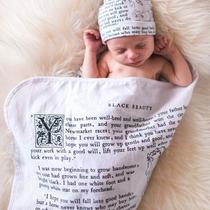 Know a writer or book lover who is expecting a new bundle of joy? Here’s a storybook baby blanket and baby hat that will carry their love of all things literary into the nursery. Available at www.storiarts.com, they both come in several storybook prints, including Alice in Wonderland and The Velveteen Rabbit. They're the perfect items to wrap up baby in the wonders of the literary world! Usgearlaunch.com has a unique array of book-themed tote bags from classic to contemporary to just plain whimsical. You’re sure to find one perfect for any library haul. Know a writer who loves shoes? At groovebags.com, you'll find bookish footwear to put your best literary foot forward. Be it sneakers or slides, they have something to fit your style. 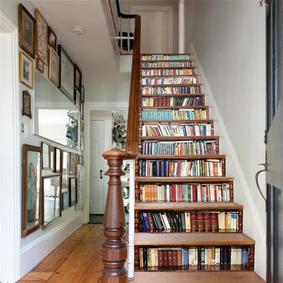 Here's one for the ultra-unique column. For the writer who has practically everything, give the gift of interior design! Visit usgearlaunch.com to find stairway stickers to give your staircase a true library feel. Just make sure the recipient doesn't live in a ranch!  Do you like to unwind with a drink after an evening of writing? At uncommongoods.com, you’ll find glasses inscribed with some literary classics, including Hamlet, Sherlock Holmes, and Les Miserables. If you know a Harry Potter fan (and who doesn’t?), here’s a fun timepiece available at pbteen.com to make sure he or she is not late for the next quidditch match! Or, if your wallet is a bit fatter, they also have a Hedwig lamp to shed some light on bedtime reading. 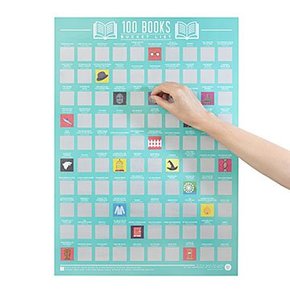 We’ve all heard about the importance of reading those iconic pieces of literature. Know someone who needs a visual reminder? This clever scratch-off poster lists 100 iconic books rom classic to contemporary that someone (I don’t know who, exactly) decided everyone should read. After you finish each book, scratch the title space to reveal related artwork. Find it at uncommongoods.com. Do you know any writers who don’t have a desk or can’t find the surface of their dining room table because their child’s science project had taken up residence? Problem solved! This lapdesk available at www.bedbathandbeyond.com lets them take their writing space anywhere. It even has a slot to stand up your tablet if that’s your technology of choice. Prefer to choose the fabric and size yourself? Visit the Lap Desk Lady on www.etsy.com to see a variety of sizes and styles. My final suggestion…drum roll please? Books. (Duh, right?) Books about writing—the craft itself and the industry of publishing—are welcome additions to any writer’s bookshelf. A few suggestions include On Writing by Stephen King, Bird by Bird by Anne Lamott, Dear Genius: The Letters of Ursula Nordstrom, collected and edited by Leonard S. Marcus, and The Chicago Manual of Style, which is on its 17th edition. From craft to industry to mechanics, these books are just a sampling of the staples every writer’s collection should have. Even better? Buy them from an indie bookstore and support your local small business! As always, be sure to give yourself a gift too:
the priceless gift of time to work on your writing in 2018. All of us at 24 Carrot Writing wish you a happy, healthy, and goal-accomplishing holiday season! |
Peruse blogs for advice and tips from KidLit creatives.
Categories
All
Archives
April 2024
Click to set custom HTML
Click on the RSS Feed button above to receive notifications of new posts on this blog.
|
||||||||||||||||||||||||||||||||||||||||||||||||||||
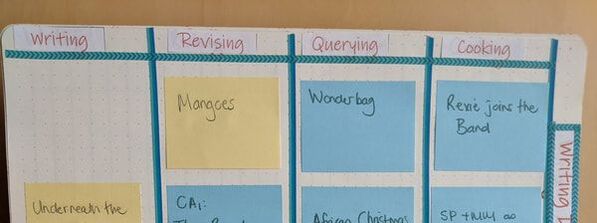

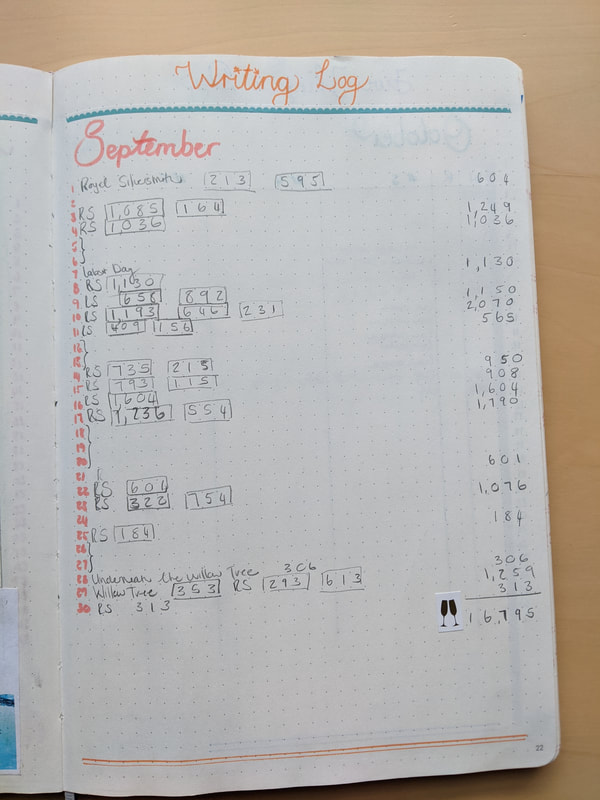
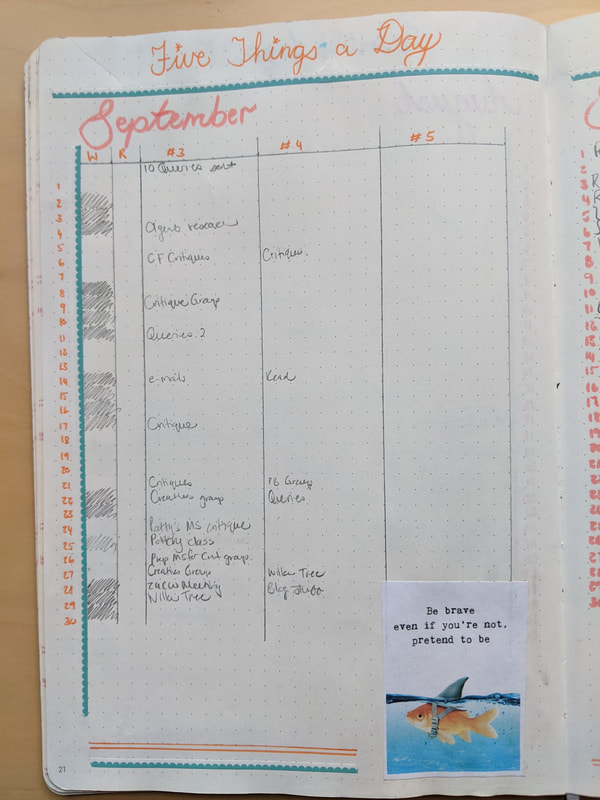
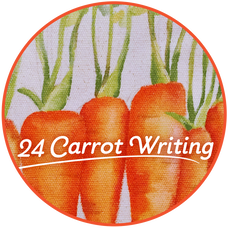

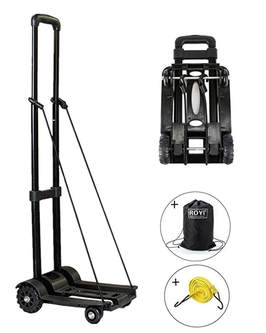

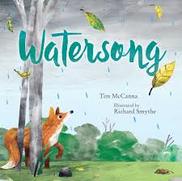
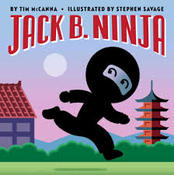

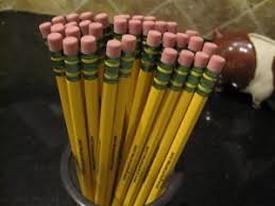
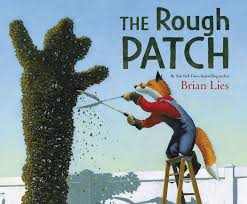
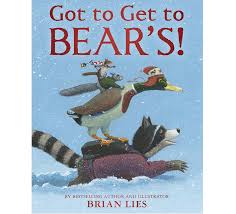

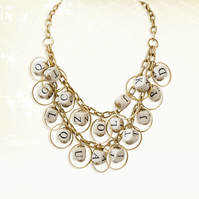

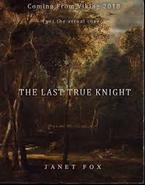


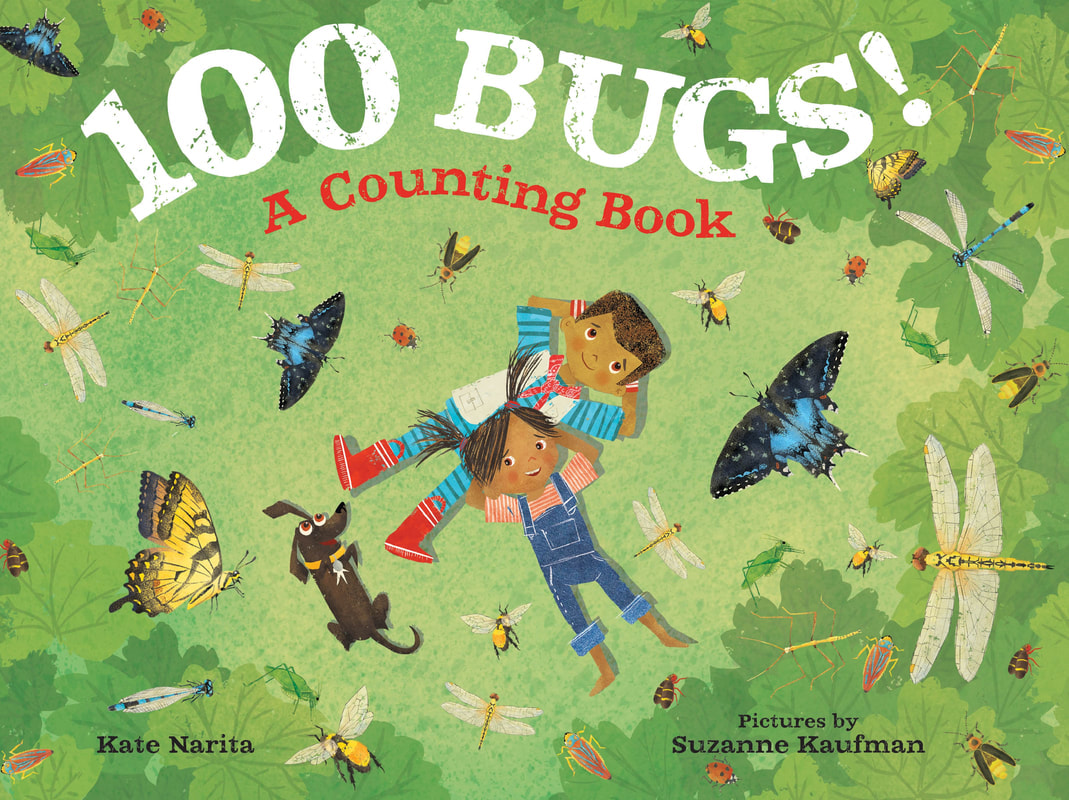

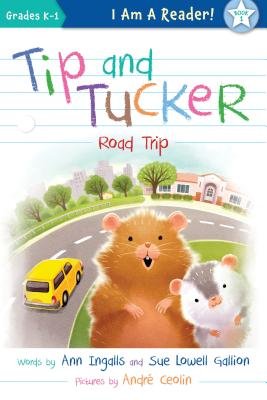
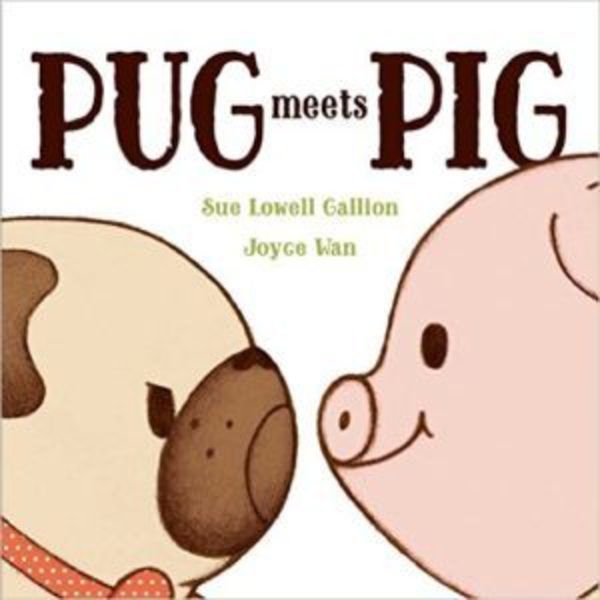


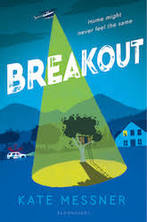
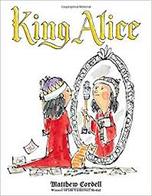

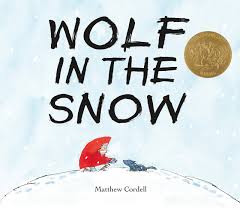

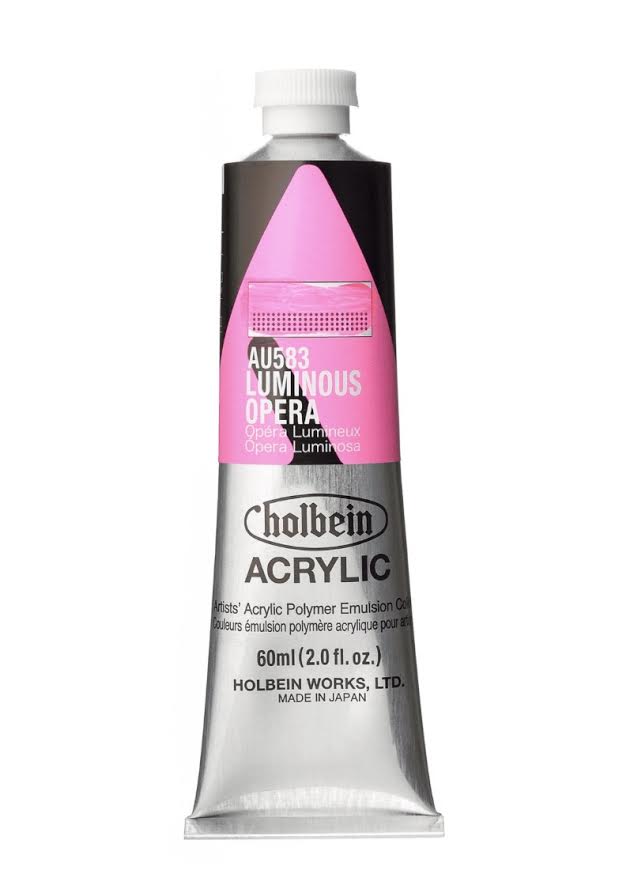
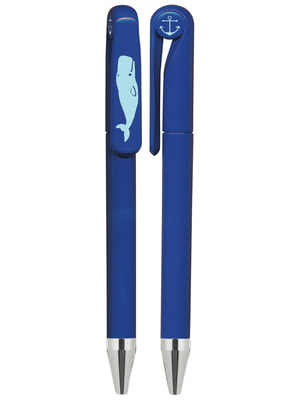



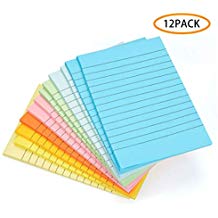


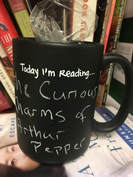
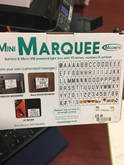
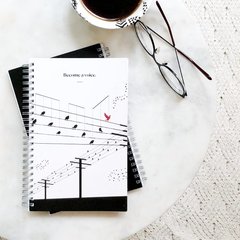




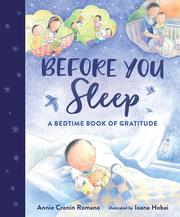
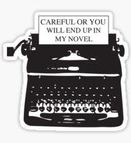
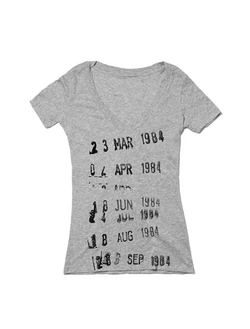
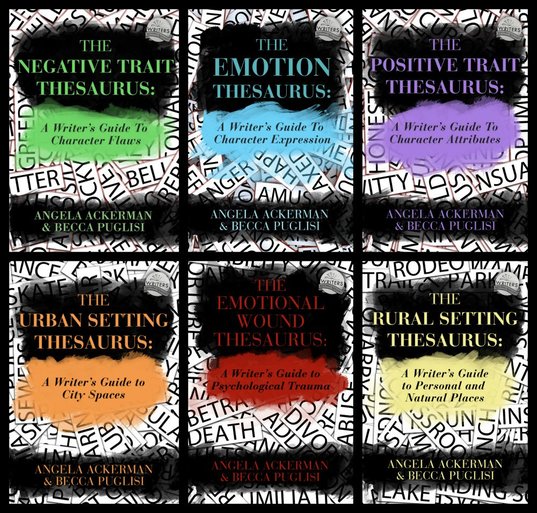

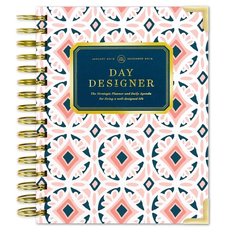
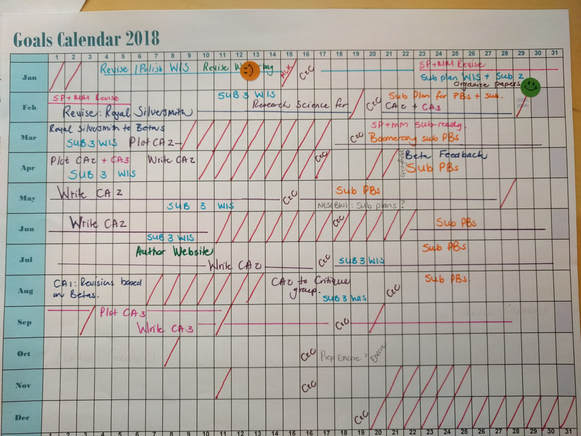
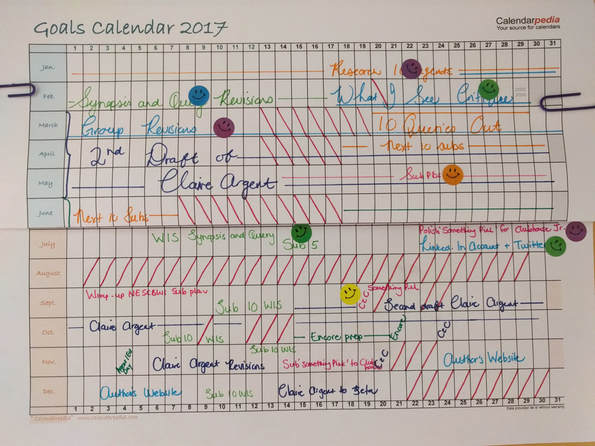
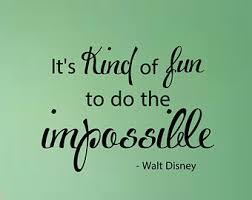
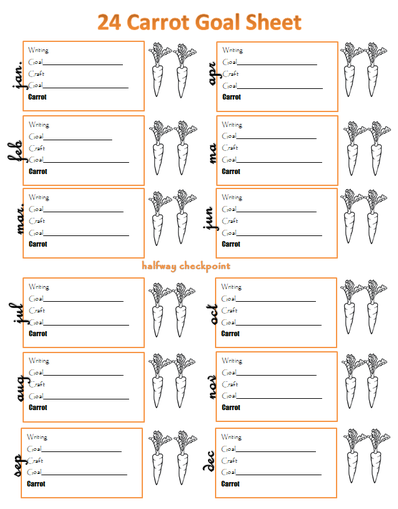
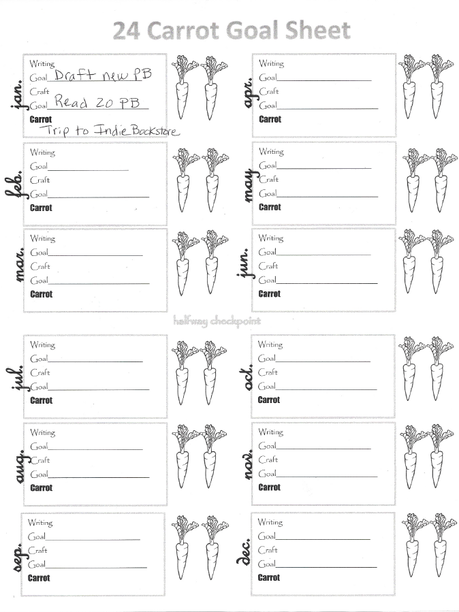
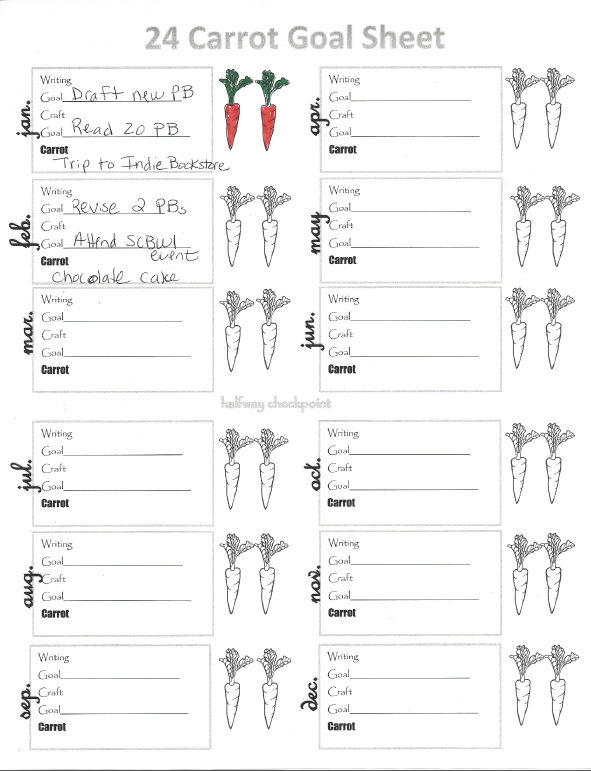
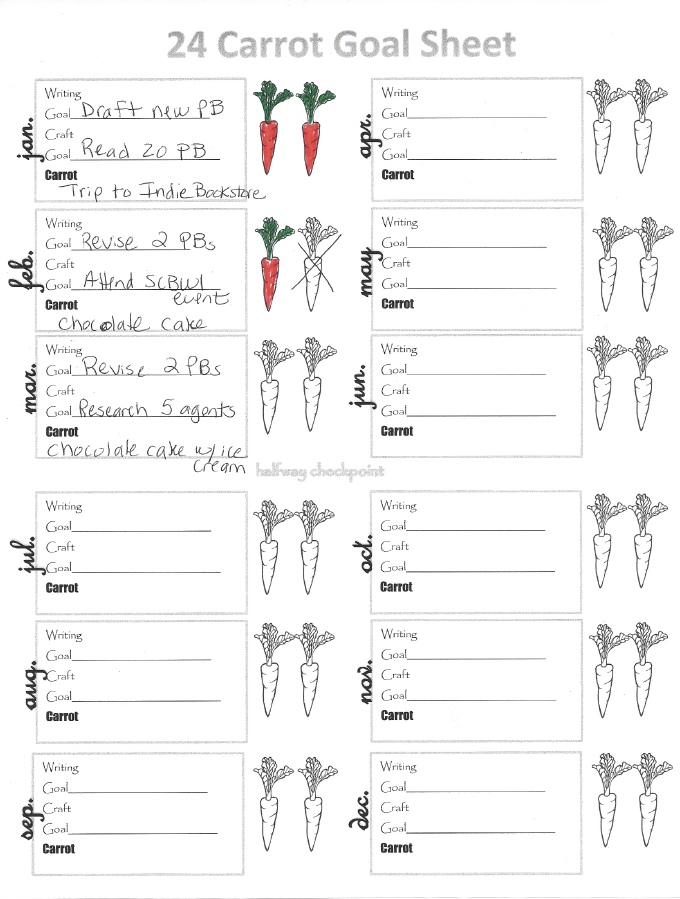
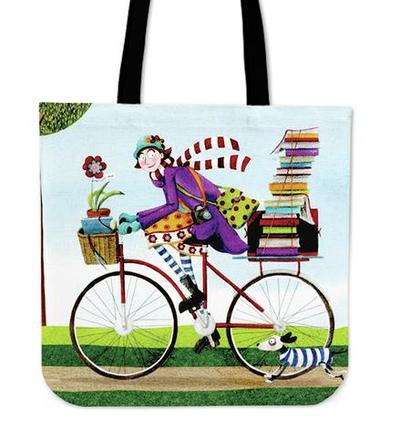
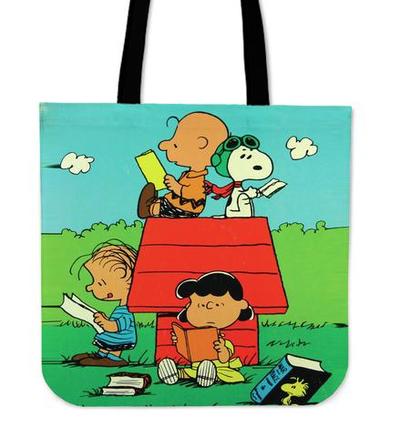
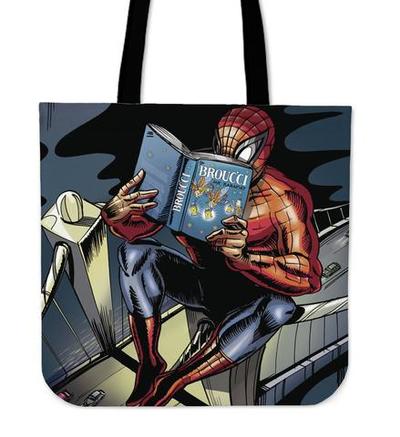

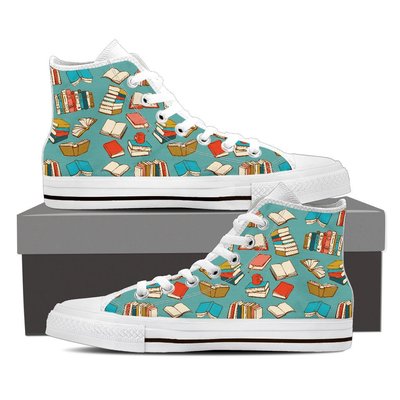
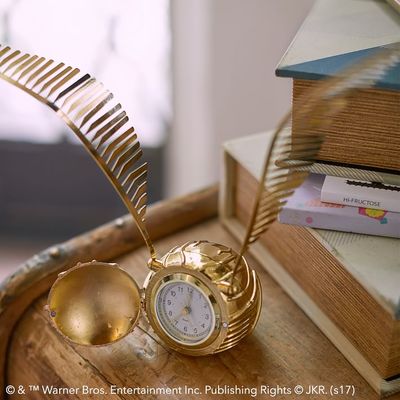
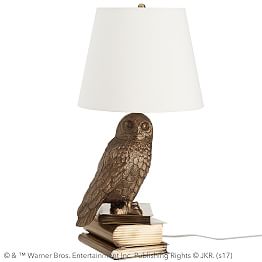
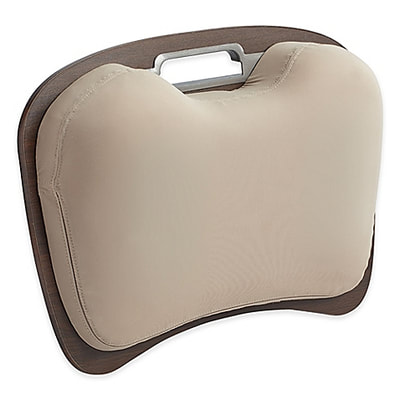

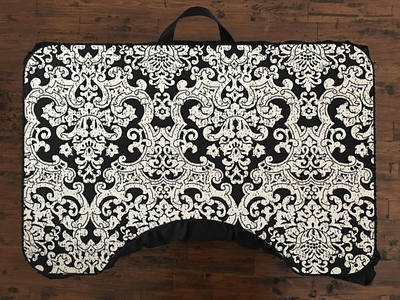
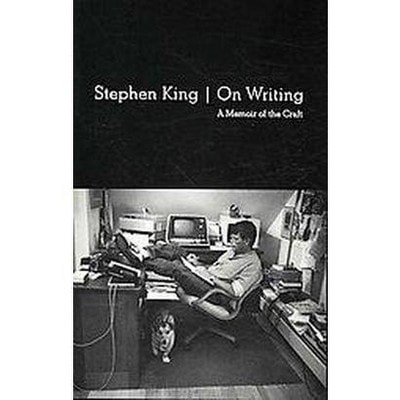
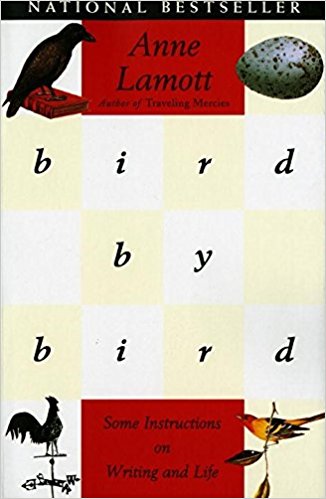
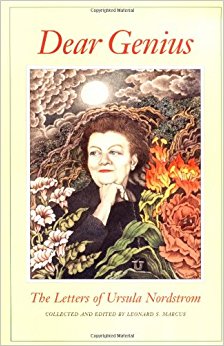
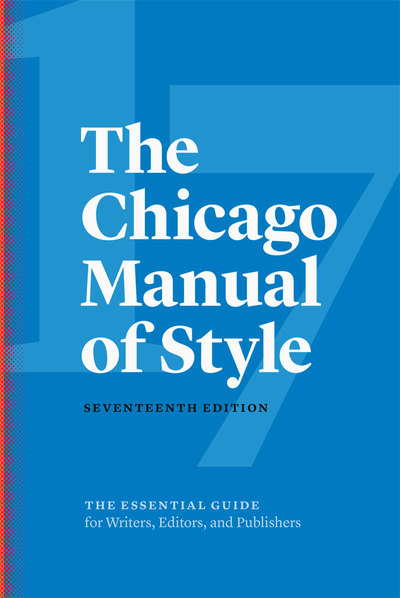
 RSS Feed
RSS Feed